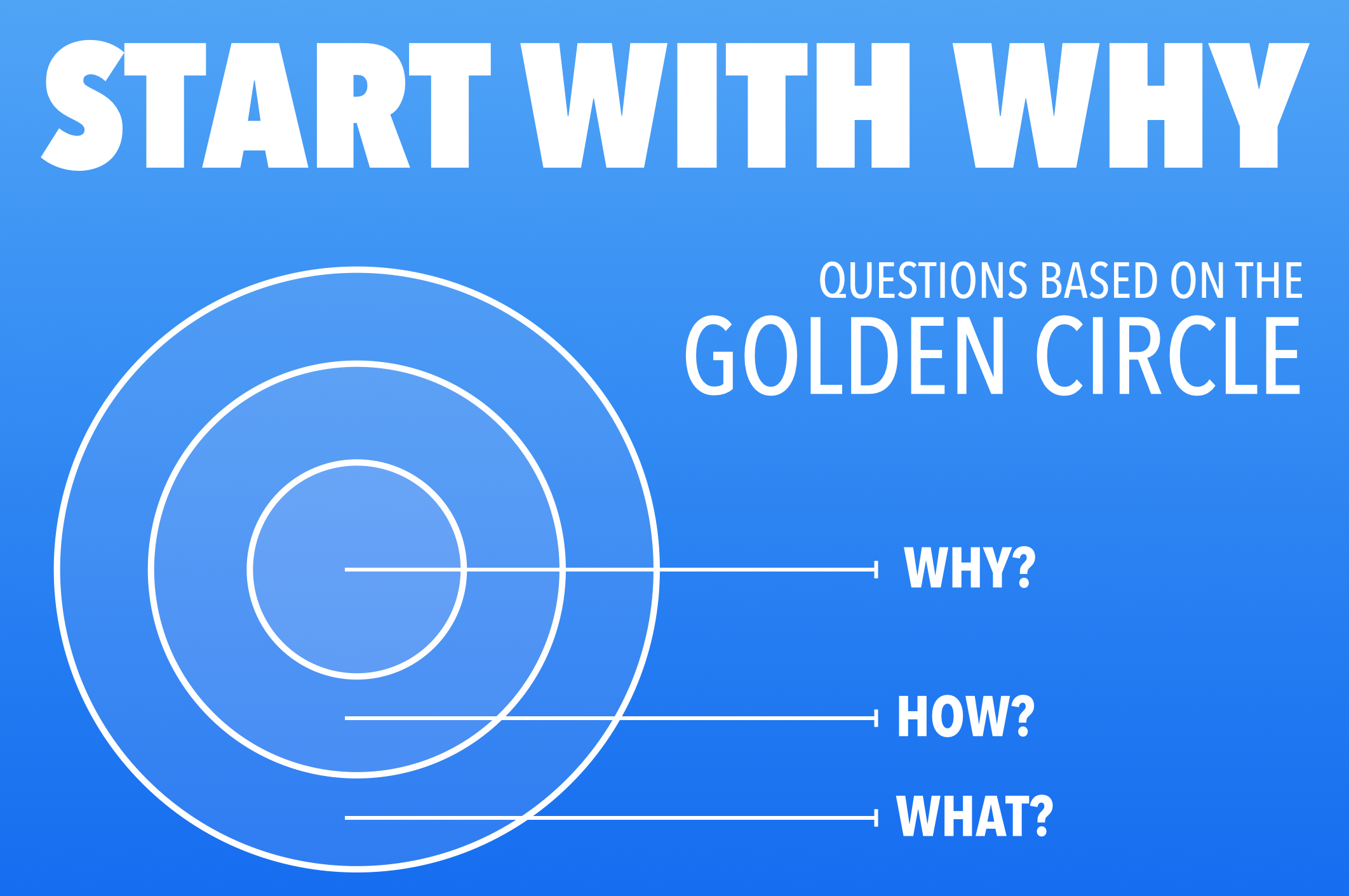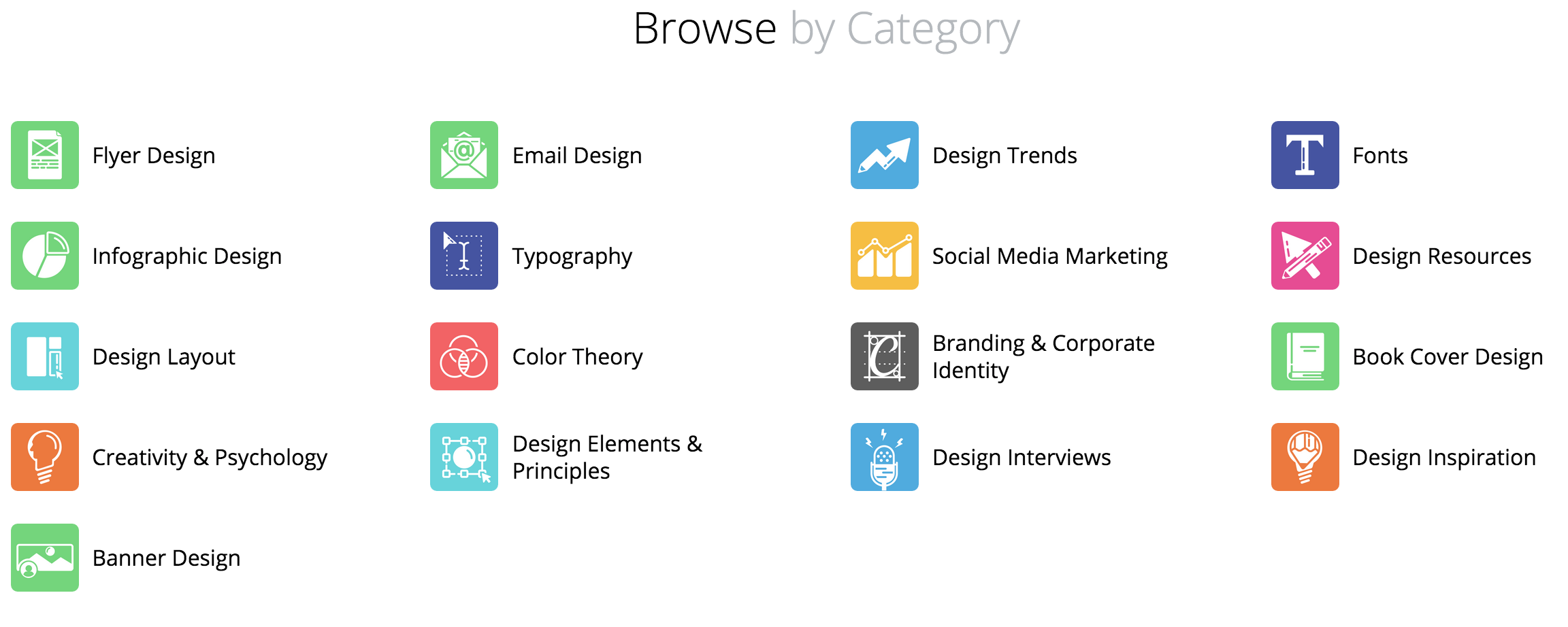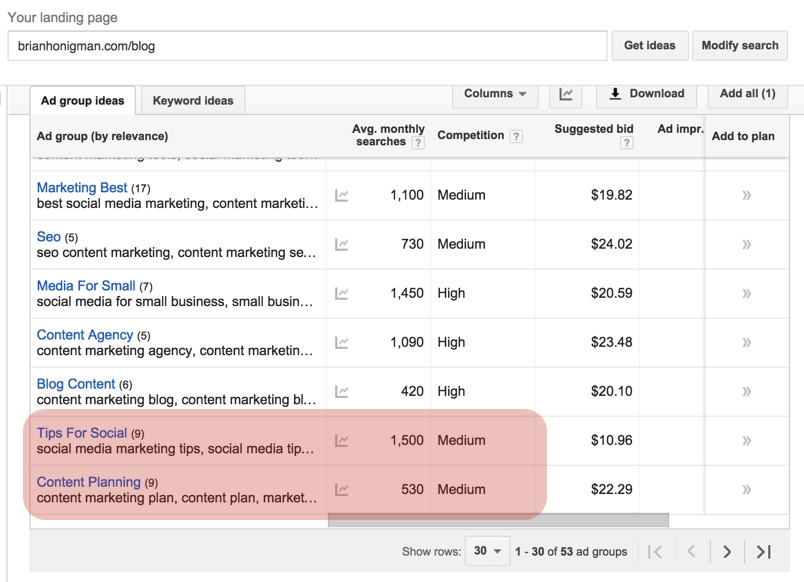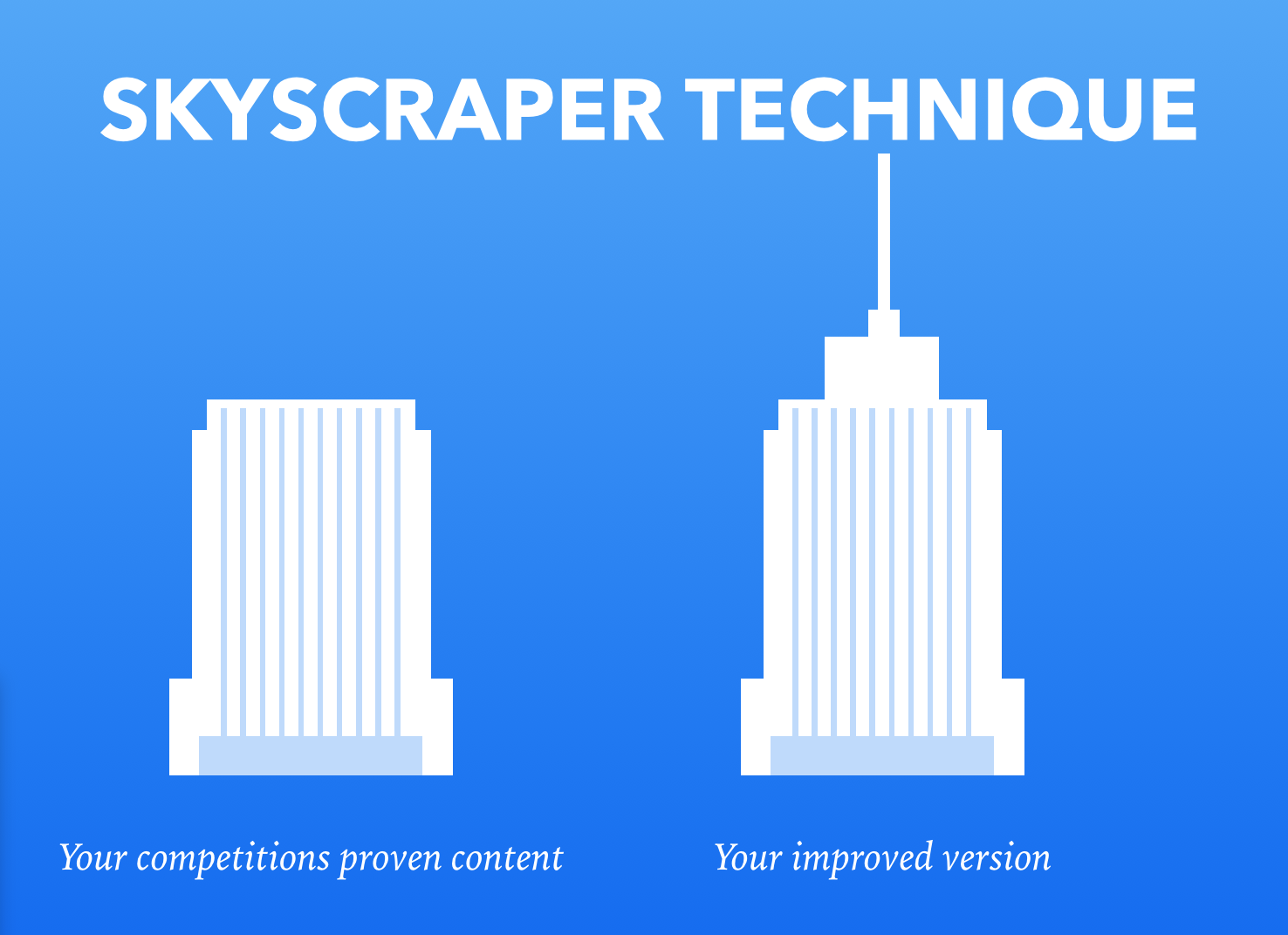
Over the past year or so, I’ve used this blog as a platform to evangelize for content marketing in a wide variety of ways.
Whether I’m making a case for content as a centerpiece of your marketing strategy, providing guidance on how to maintain a strong content cadence, or advising on the proper tone to take when creating content; I’ve focused a lot on why you should pursue content marketing or how you should go about it, and I’ve never really given coverage to a crucial piece of the puzzle.
After looking through my archives I realized that I haven’t provided much input on what topics you should be covering with your content marketing. Most content marketers suggest developing content around the common challenges faced by your customer base, which is a useful recommendation but let’s go deeper.
Although it’s really tough to give specific advice (every industry is different after all), I have developed a framework through trial and error that has worked well and can be applied to most organizations.
Learn how to choose the right topics to focus your content on to ensure you’re reaching your goals with content marketing.
Clearly Define Your Brand
As I mentioned in the introduction, one topic I’ve certainly covered is how to introspect on your brand in order to properly position your content.
Using Simon Sinek’s “Golden Circle” approach, take a broad view of your brand’s purpose and then use that mission to align all your content efforts along a central axis.

Once you set your content efforts up to be a natural extension of your brand mission and story, at least the broad strokes of content categories will come in to view. At this stage in the process, this rough hint is all you need.
One example I’ve mentioned before is that of Canva. I’ve already noted how being mission oriented gives their disparate content mix unity across mediums and content-types.

In this case, it’s also easy to see how starting with high-level direction helped Canva. Just look at their categories page in the above image. This is an incredibly broad range, but each topic perfectly aligns with their mission of making good design affordable and accessible to all websites.
Do Demographic Research
After performing brand introspection to discover your brand’s guiding purpose, turn your search outwards and refer to research found in demographic reports. There are a host of high-quality, accessible demographic reporting resources available from a few highly reputable organizations.
Pew Polls, Gallup Polls and Razorfish Demographic Reports (each of these links are to specific examples of reports) are all incredibly detailed and give a very thorough, high-level analysis of your core demographics. Nielsen, Forrester Research and eMarketer are also useful resources for better understanding your audience and their preferences online to inform the content you’re developing.
To further flesh out your audience research use free tools like Google Trends and Google Scholar to provide additional insights.
The insights gleaned from this research will bring your potential content topics further into focus. These rough notions of what your customers’ interests are will be further honed in the next section.
Embrace Social Listening
One of the most exciting potential uses for social media is also one of the most underused.
As Director of Content and Social Media Marketing at Oracle, Chris Moody keenly pointed out to me, social listening has myriad benefits for a savvy marketer looking to develop the right content.
Great content can lead to great social. Great social can lead to great content.
He continued by pointing out these key benefits:
Social listening is an integral part of the content process to us for several reasons:
• Social media gives everyone a free, unobtrusive way to see what is being talked about.
• Social listening allows you to gain insights about how the content you distribute there is used and interpreted.
• Social gives you a fairly frictionless way to start to understand the voice of the customer.
To state the benefits in terms of our problem, actively listening to your customers on social media will allow you to get a strong sense of who they are and what interests them. Use your initial demographic research to add more focus to your social listening efforts from the beginning.
Here are some pro tips to help better monitor your audience and social media trends overall to remain informed and aware of potential topics to cover with your content:
Pro Tip #1: Actively monitor multiple hashtags and topics related to your organization and industry on Twitter using a third-party client like TweetDeck, Sprout Social or HootSuite.
Pro Tip #2: Stay on top of hot issues within the social world by regularly keeping track of Facebook’s Trending section, Twitter Trending Topics, and aggregators like Reddit and Alltop. These might not be industry specific, but you need to be a citizen of the larger social world to understand what may or may not be impacting your audience online.
Pro Tip #3: Pay special attention to holidays and other made up mini holidays like National Donut Day or World Emoji Day. The Internet holds tiny little celebrations that can help spread your content if relevant to your brand. The folks over at Unmetric have put together a fantastic calendar to keep track of them all.
Combining these various social listening tactics will allow you to start zeroing in on the most promising content topic ideas.
Find What People Are Looking For
In addition to nuanced social listening, keep an eye on large search trends to define your content approach. Not only do great content topic ideas meet consumer needs, they are also engineered to maximize visibility.
One incredibly powerful tool for identifying opportunities for content is Google’s Keyword Planner.
Typically used in conjunction with AdWords, this tool gives you a robust look at the search volume for keywords at the specific and category-wide level.
Another key feature is that if you give the tool any URL it will automatically suggest keywords and even give further related keywords.
Just look at how it broke down the main topics on my blog:

I highlighted some of the keywords that could help me better focus this particular piece. My reasoning for choosing those specific keywords as part of my article was because the keywords like content planning help to better focus the topic with my overall brand and mission: to spread knowledge about how to do content marketing correctly because great content helps brands succeed, trying to drive additional trust with my audience and generating client leads for my business in the long-term.
The keywords involved on this report also had a relatively high search volume and they also had a relatively low competition-level in terms of other organization’s optimizing for them. Once you pinpoint a specific keyword that seems promising you can then broaden your search and find related keywords to help aid in the brainstorming process.
Not only will this tactic help you generate plenty of relevant content topics, it will be particularly helpful for the next tactic I’m about to recommend.
Outdo Your Competition
When I hear a fantastic idea of someone else’s, I have absolutely no shame in adopting it wholesale and recommending it to everyone I know.
I’ve certainly done this with Simon Sinek’s Golden Circle, and that’s exactly what I’m doing here with Brian Dean’s Skyscraper technique.
I’ve actually discussed the idea on this blog before, but it bears repeating because it’s so elegant and fits our aim perfectly.
As an SEO technique, Dean recommends typing in keywords you’d like to rank for (which you should have handy if you’ve followed the previous step) and then seeing what type of content currently holds the top spots.
His whole idea is that if you look at that content, follow the same idea, but just do it slightly better, then your taller skyscraper will be the one that gets noticed.

Not all keywords will be a perfect fit for this technique, but you only need one or two hits to make this approach well worth your time.
Start Testing to See What Works
After following all of these steps you’ll likely be left with a ton of notes, materials and insights. Yet, you still may feel a little lost, because there is a lot to keep in mind.
The only way for this effort to really pay off is for you to synthesize all of these insights into a list of potential content ideas and then take a step back and see which options look best for your audience and goals as an organization.
My recommendation for doing this is to create a shared Google Spreadsheet and to have you and your team (if it’s just you that’s fine) list all of the ideas you can possibly think of.
Enter every content idea you’ve come up with in the Headline + Lede format, putting a punchy 100 character headline in one cell, then a short but descriptive 50 word summary of the main points of the article in another.
At the end of this process you’ll be left with a whole lot of potential articles and at the very least a few will lead to exactly the type of high-quality content that will build your brand and take your content marketing to the next level.
Putting it All Together
Once you’ve gone through all the requisite steps, what you should be left with is a list of several high-quality, relevant and promising article topics.
Following finalization of the topics you can then place them within a schedule on your editorial calendar and begin to focus on how you will actually get them produced.
Perhaps the most important benefit of this process is the fact that it is replicable. The more often you run through this process for your own content efforts, the better at it you will get.
In addition, feel free to add or remove steps as you wish. This is the set of tactics that works best for us, but you may find for that certain things are missing and others are extraneous for your purposes.
Feel free to share some of your tactics and strategies for better identifying the topics of content that would be of most interest to your audience in the comments below.


